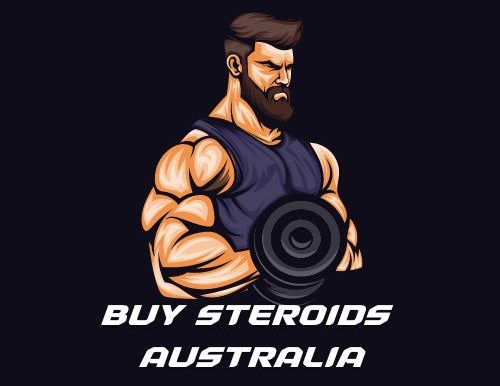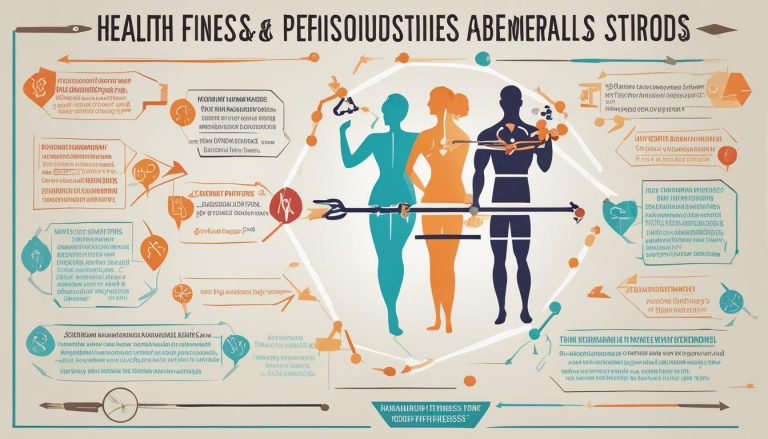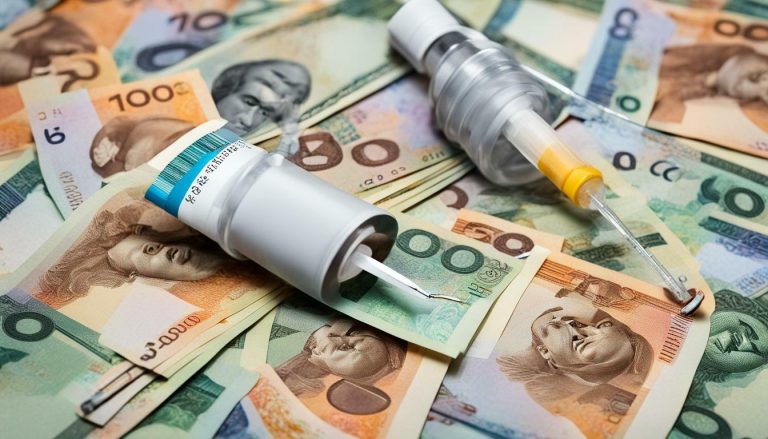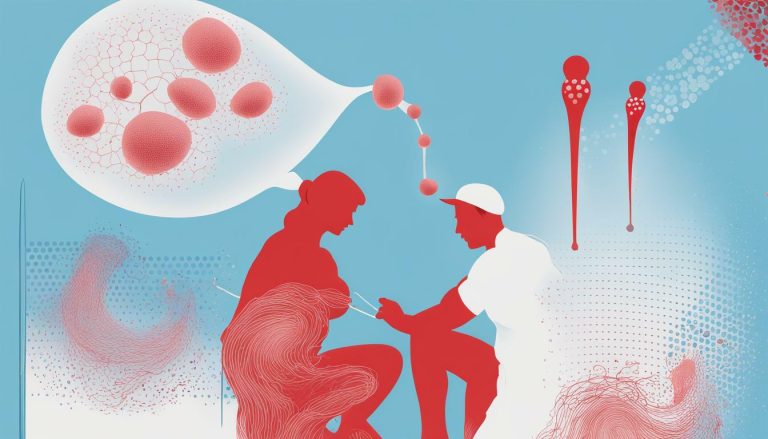Spotting the Signs: How to Tell If Someone’s on Steroids
Steroid use has become increasingly prevalent in today’s society, particularly among athletes and bodybuilders looking to enhance their performance and physical appearance. While the use of these substances is banned in professional sports, many individuals continue to use them in secret. As a concerned member of the athletic community, it’s important to be able to recognize the signs of steroid use to promote fair play and ensure the safety of fellow athletes.
But what exactly are the signs of steroid use? In this section, we will delve into the various indicators that can suggest an individual is using steroids or other performance-enhancing drugs. By understanding these signs, you’ll be better equipped to identify potential users and contribute to a more transparent and healthy athletic community.
Key Takeaways:
- Recognizing signs of steroid use is crucial for promoting fair play and safety in the athletic community.
- Understanding the physical, behavioral, and performance-related indicators of steroid use is essential to identifying potential users.
- Being able to detect signs of steroid use requires a combination of knowledge, observation, and understanding of the factors that can influence their visibility.
Understanding Steroid Use and Abuse
Steroids are synthetic substances that are used primarily to mimic the effects of testosterone in the body. They can be taken orally or injected, and are used to increase muscle mass, enhance athletic performance, and improve physical appearance.
Identifying steroid users can be challenging, as signs of steroid use can be subtle or may not appear at all in some individuals. However, there are some key indicators to look out for when detecting steroid use.
Identifying Steroid Users
One way to detect steroid use is to observe physical changes in an individual’s appearance. This can include sudden increases in muscle size, particularly in the upper body, as well as acne and unusual hair growth patterns.
Another way to identify steroid users is to be aware of changes in behavior and emotional state. This can include sudden mood swings, increased aggression, and withdrawal from social activities.
Detecting Steroid Use
There are also specific tests that can be used to detect steroid use, such as urine or blood tests. These tests can detect the presence of steroids in the body and can be used to confirm suspicions of steroid use.
It is important to note that false negatives are possible with these tests, as some individuals may use steroids that are not detectable by standard testing methods. Additionally, the timing of the tests can impact their accuracy, as some steroids are metabolized quickly and may not appear in the body for long periods of time.
Symptoms of Steroid Abuse
Long-term steroid use can have serious health consequences, including liver damage, cardiovascular issues, and mood disorders. Symptoms of steroid abuse can include jaundice, high blood pressure, and depression.
If you suspect that someone is abusing steroids, it is important to encourage them to seek help and speak with a healthcare professional. Steroid abuse can cause long-term health problems and should not be taken lightly.
Physical Signs of Steroid Use
Using anabolic steroid is often associated with increased muscle mass, but it can also have a range of physical effects on the body. Here are some of the most common indicators:
| Physical Sign | Description |
|---|---|
| Changes in Muscle Size | One of the most obvious signs is rapid muscle growth beyond what is considered normal. This is due to the steroids’ ability to increase protein synthesis in the body, leading to accelerated muscle development. |
| Acne | Using steroids can cause an increase in the skin’s oil production, leading to acne breakouts on the face, chest, and back. Severe cases can result in painful cysts and permanent scarring. |
| Unusual Hair Growth Patterns | Anabolic steroids can affect hair growth throughout the body, leading to excess facial and body hair in women and baldness in men. |
It’s important to note that these signs are not definitive, and a person may be exhibiting one or more of these symptoms without being on steroid use. However, if you notice multiple physical signs that are out of the ordinary for someone’s body type, it may be worth investigating further.
Behavioral and Emotional Changes
While physical signs can be indicative of steroid use, it’s important to also be aware of potential behavioral and emotional changes that may suggest a person is using steroids. Some of the signs to look for include:
- Increased aggression and irritability, sometimes referred to as “roid rage”
- Mood swings, such as sudden bouts of depression or intense anger
- Withdrawal from social activities or changes in social circles
- Heightened anxiety or paranoia
- Compulsive or obsessive behaviors, such as excessive weightlifting or exercising
It’s important to note that not all individuals who use steroids will exhibit these behavioral changes, but if you notice any of these signs in someone you know, it may be worth exploring whether they are using performance-enhancing drugs.
Performance Enhancements
Steroids and other performance-enhancing drugs are commonly used by athletes to gain an edge in their sport. However, the signs of performance-enhancing drug use can be subtle and difficult to detect.
One of the most common signs of performance-enhancing drug use is sudden improvements in strength and endurance. Individuals who use these drugs can often push themselves further than they would normally be able to, allowing them to achieve feats that are beyond their natural abilities. For example, an athlete who suddenly starts lifting significantly heavier weights or running faster times may be using performance-enhancing drugs.
Another sign of performance-enhancing drug use is the appearance of unusual muscle mass. Steroids can cause an individual’s muscles to grow larger and more defined than they would be naturally. These muscles may also have an unnatural shape or appearance.
In some cases, individuals who use performance-enhancing drugs may also experience a reduction in their body fat percentage. This can lead to a more defined and chiseled appearance, particularly in areas such as the abs.
It’s important to note that not all athletes who experience sudden improvements in strength or gains in muscle mass are using performance-enhancing drugs. These changes can also be the result of hard work, a balanced diet, and a well-designed training program. However, when these changes occur rapidly or seem out of proportion to an athlete’s training, it may be worth investigating further.
Health Risks and Side Effects
Steroid use can have serious health consequences that can lead to long-term physical and psychological effects. While some users may experience minimal side effects, others may suffer from severe health complications.
One of the most significant health risks associated with steroid use is cardiovascular issues. Steroids can increase blood pressure and cholesterol levels, leading to an increased risk of heart attack, stroke, and other cardiovascular diseases. In addition, long-term steroid use can cause liver damage and increase the risk of liver cancer.
Steroid users may also experience mood disorders, such as depression and aggressive behavior. In some cases, steroid use can trigger psychiatric disorders, such as bipolar disorder or schizophrenia. Furthermore, steroid use can lead to infertility in both men and women.
The physical side effects of steroid use can also be noticeable. For example, men may develop breast tissue, a condition known as gynecomastia, and experience testicular shrinkage. Women may also experience changes in their menstrual cycle and develop masculine features like increased body hair, a deeper voice, and enlarged clitoris.
It’s essential to note that individuals who abuse steroids may also develop a dependency on the drug, leading to withdrawal symptoms such as mood swings, fatigue, and insomnia. Therefore, recognizing the signs of steroid use is crucial in preventing long-term health complications.
Factors That Can Influence Detection
Detecting steroid use is not always easy, as there are several factors that can impact the visibility of potential signs. Some of these factors include the type of steroid used, the dosage, and individual genetic variations.
For instance, not all steroids have the same effects on the body, so some users may not display the typical physical or behavioral signs associated with steroid use. Additionally, individuals may have different genetic predispositions that influence their response to steroids, making it more difficult to detect potential usage.
The dosage of steroids can also affect how easily signs of steroid use can be detected. Smaller doses may not result in visible changes in the body, while larger doses can lead to more obvious physical and behavioral changes.
It’s important to keep these factors in mind when attempting to identify steroid users, as they can play a significant role in influencing how obvious the signs of steroid use may be.
Conclusion
Recognizing signs of steroid use is a crucial step in maintaining a fair and safe athletic community. By understanding the motivations behind steroid use and the potential physical, behavioral, and performance-related indicators, you can play an important role in detecting potential users and helping them seek support. It’s also important to be aware of the health risks and potential side effects associated with steroid abuse, and to ensure you approach the subject with sensitivity and empathy.
However, it’s worth noting that identifying steroid users is not always straightforward and may be influenced by various factors, including the type and dosage of steroids used, as well as individual genetic variations. By staying informed and vigilant, and by approaching the topic with an open mind and a desire to help, you can contribute to a safer, healthier athletic community and make a positive impact on the lives of those around you.







